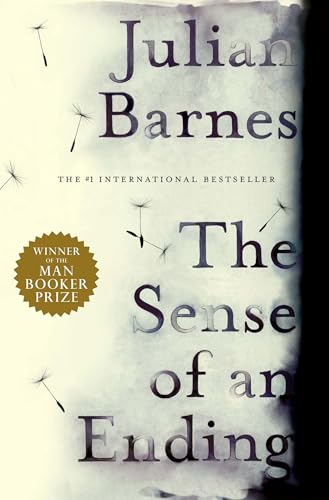A quick Christmas read, courtesy of one of my Christmas gifts from Mr H. I’d never read any Saki until this collection of four festive short stories that document bad behaviour during an Edwardian holiday period.
I knew the name Saki, and that the author was a satirist and short story specialist. I’ve now learnt that his real name was Hector Hugh Munro, that he was influenced by Oscar Wilde, Lewis Carroll and Rudyard Kipling, and was an influence on A. A. Milne, Noël Coward and P. G. Wodehouse. Despite being officially too old for service, he enlisted during the First World War and was killed on the Western front in 1916.
The front fly leaf to this slim collection states, “These stories present Saki at his inimitable, satirical best as he addresses the most perilous aspects of the holiday period: visiting dull relatives, tolerating Christmas Eve merriment, receiving unwanted gifts, and writing ecstatic thank-you notes.”
Continue reading



















